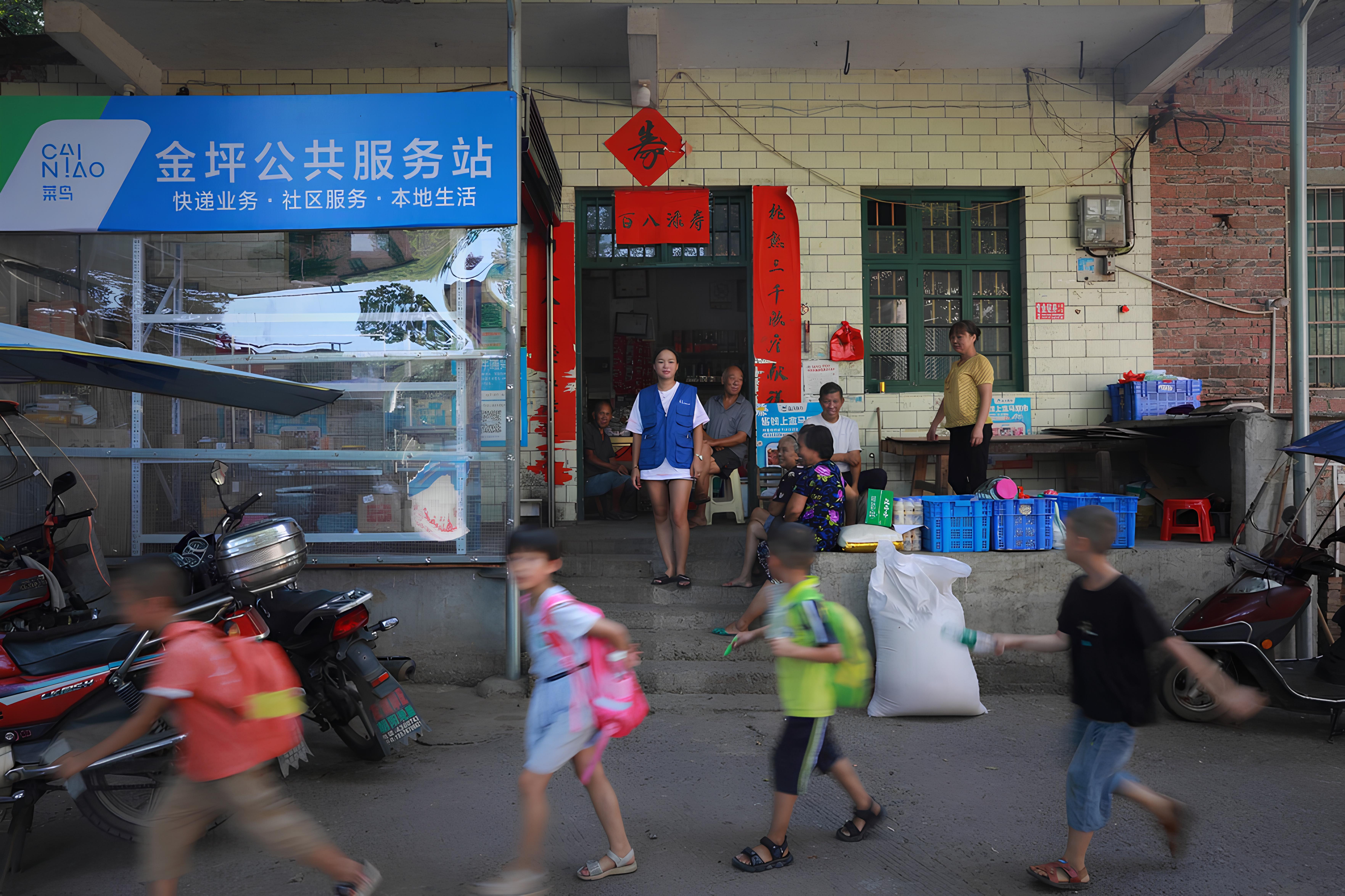In recent years, rural e-commerce in China has experienced rapid growth. According to the 2021 National County-Level Digital Agriculture and Rural E-Commerce Development Report released by the China International E-Commerce Network, the total online retail sales across 2,083 counties in China reached 3.53 trillion yuan in 2020, accounting for 30.0% of the country’s total online retail sales. However, the rural logistics ecosystem still faces significant challenges in meeting the growing demand for e-commerce. The logistics network is highly fragmented due to geographical factors, with inefficient sorting mechanisms and complex delivery processes, creating operational bottlenecks - especially in remote areas.
Faced with these challenges and in alignment with China’s government policy on “Express Delivery to Villages,” China Post, the mainstay of rural delivery, and Cainiao, a member of the UPU Consultative Committee, formed a strategic partnership focused on logistics technology innovation and digital transformation. This collaboration combined China Post’s extensive rural reach and service capacity with Cainiao’s expertise in logistics digitisation. Together, they aimed to close technological gaps in rural logistics, improve postal service efficiency in rural regions, and meet rising expectations for delivery speed and reliability.
On December 29, 2020, China Post and Cainiao signed a new cooperation agreement, marking a milestone in their partnership, which began with a 2014 framework agreement between China Post and Alibaba (Cainiao’s parent company). This agreement expanded beyond traditional parcel pickup services, leveraging China Post’s extensive network of over 8,000 delivery units, 54,000 business branches, and 420,000 cooperative mail stations. These facilities were gradually integrated into Cainiao’s delivery points, providing consumers with more convenient shipping and return options.
Cainiao brought its digital expertise to the partnership, streamlining operations through advanced electronic waybill systems. This included the introduction of automated express sorting systems capable of recognizing waybills across networks. As highlighted by the Cainiao representative at the UPU World Leaders Forum 2024: “With this technical support, parcels from express companies at the county level in rural areas can now be automatically recognized on the sorting line at postal system distribution centers, achieving unified sorting. This has significantly reduced manual labor costs and enhanced delivery speed.” This digital capability complemented China Post’s operational foundation, enabling a seamless transition towards unified logistics automation.
Additionally, the consumer experience was transformed. Customers could now fill out addresses via mobile devices, use Cainiao’s cloud printing machines, or leverage unmanned shipping machines at post offices. These innovations streamlined the previously cumbersome shipping process, dramatically improving efficiency and convenience. China Post’s integration of these digital tools helped modernize its customer-facing services, enhancing accessibility in rural locations.
Policy support also played a crucial role in this transformation. On August 20, 2021, the State Council of China issued guidelines advocating the integration of rural postal logistics with e-commerce and transportation services. Building on this momentum, China Post and Cainiao deepened their cooperation and launched the “Village Mail Reach” service on December 20, 2021. This initiative guaranteed “no additional delivery charges” and ensured delivery to village-level administrative addresses, further improving accessibility and efficiency in rural logistics.
Through their partnership, China Post and Cainiao jointly transitioned rural logistics from manual processes to an integrated, high-capacity digital system. Intelligent automation drastically reduced sorting times, increased parcel-handling capacity, and lowered labour costs. These advancements not only improved delivery speed and services, particularly in rural and remote areas, but also unleashed the potential for further growth in rural e-commerce, driving greater economic vitality in these regions.
The cover and homepage photo: Cainiao
